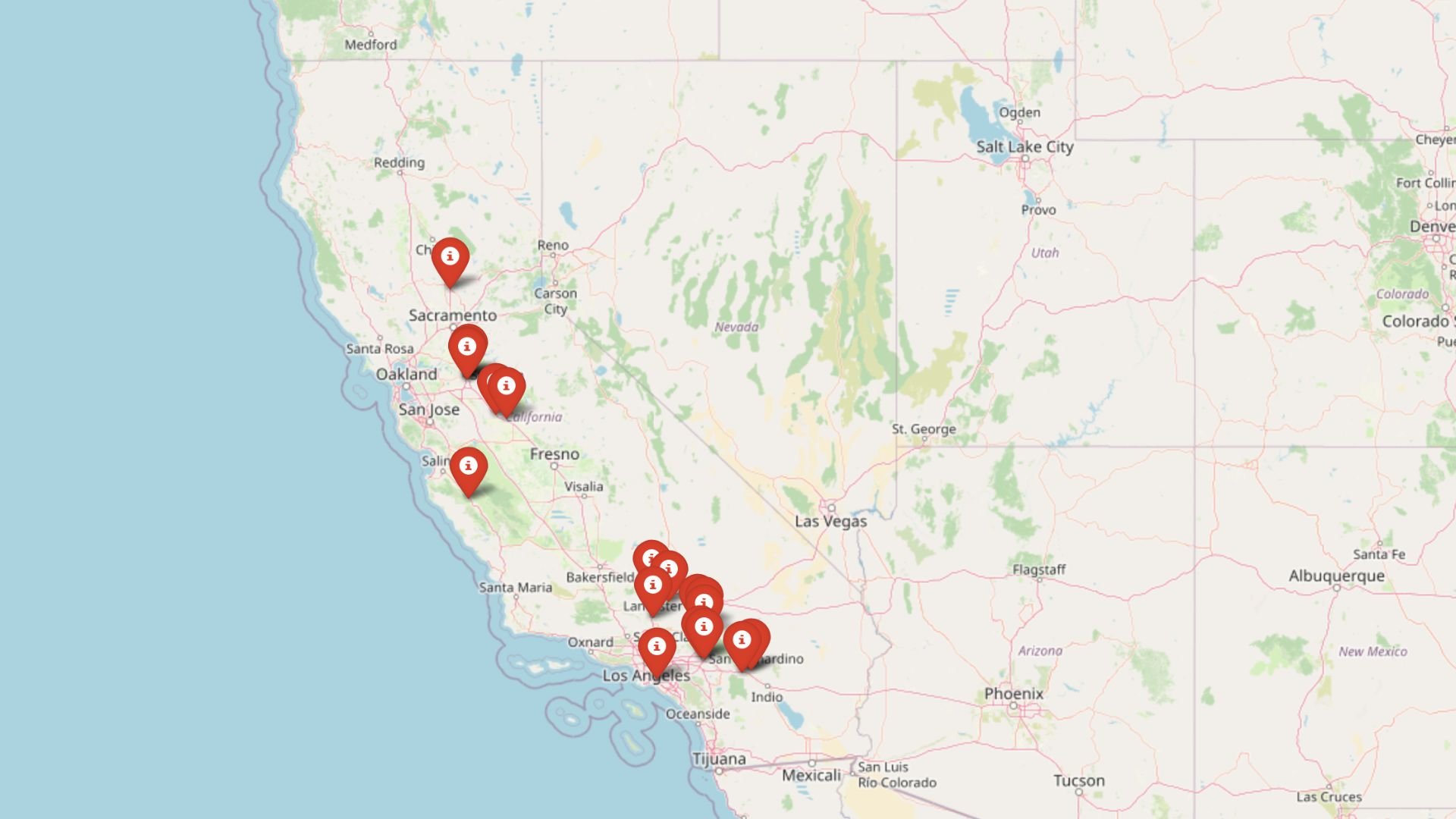Across the country, more Americans are rethinking what “enough space” really means. Whether it’s a compact bungalow in the suburbs, a condo in the city, or a mobile tiny home, buyers are turning toward smaller homes—and not just because of cost. High prices and mortgage rates are pushing people to downsize, but so are changing lifestyles. With more remote work, fewer children per household, and a growing desire to simplify, the idea of living with less is gaining ground. For many, a smaller home isn’t a sacrifice—it’s a smarter fit.
The Trend Toward Smaller Homes
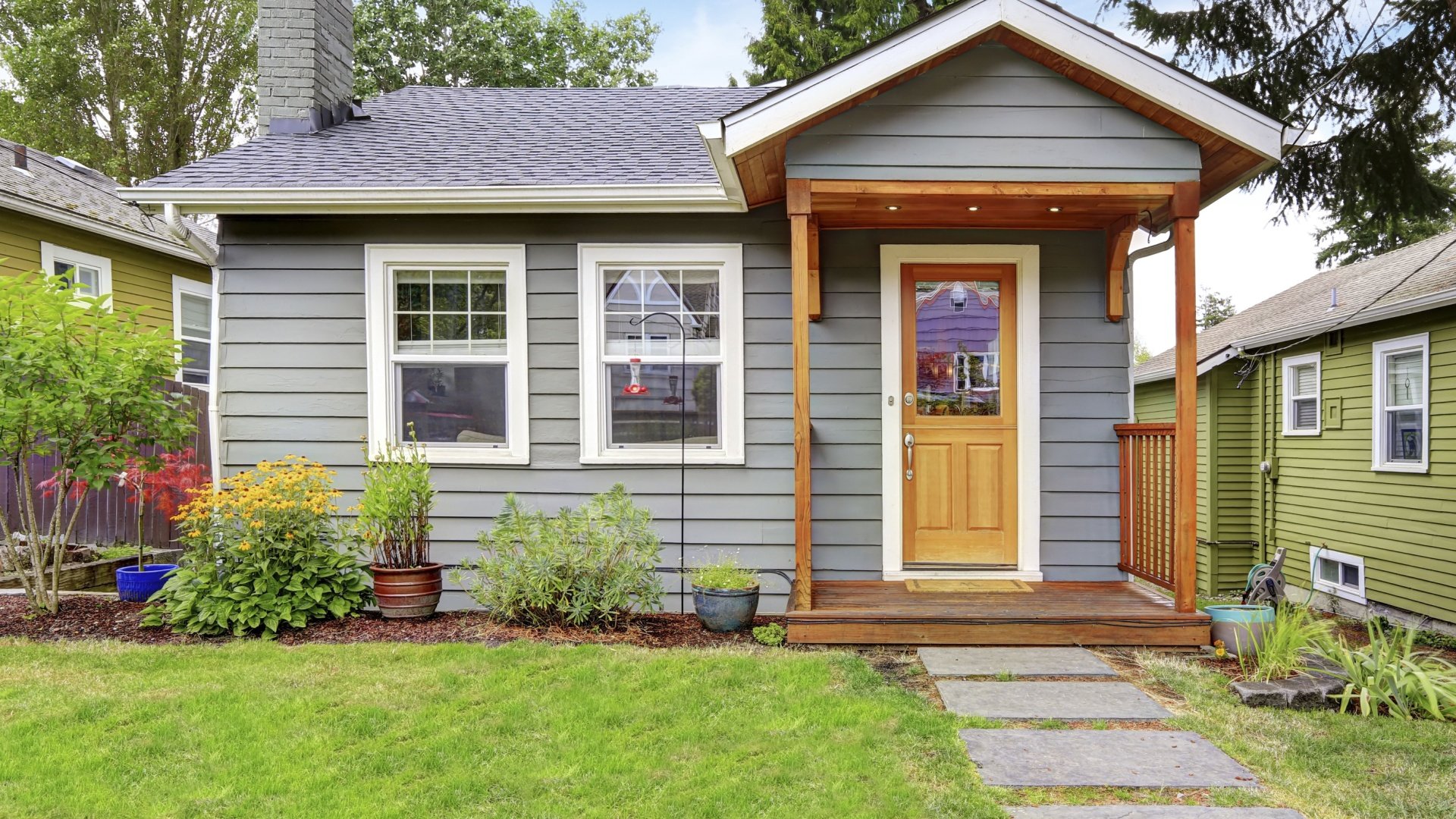
There is strong evidence that American homes are shrinking. In 2015, the median size of a newly built single-family house hit a record high of about 2,467 square feet. But by 2023, new homes were the smallest they had been in 13 years, with a median of roughly 2,179 square feet. That’s a drop of nearly 300 square feet – equivalent to losing two decent-sized rooms. In fact, the average new home size has been trending down since 2015 (with one brief uptick in 2021 during the pandemic).
Builders have taken notice. Over one-third (38%) of home builders say they built smaller homes in 2023, and about 26% plan to build even smaller homes in 2024. This means newly constructed houses aren’t as large as they used to be, matching buyers’ scaled-back preferences. The National Association of Home Builders (NAHB) reports a clear downward shift in what buyers want: twenty years ago, the typical buyer sought a 2,260 sq. ft. home, but now they’re looking for around 2,067 sq. ft.
Even data from the frenzied pandemic market shows a reversal toward smaller homes. In 2020 and 2021, many buyers upsized, seeking more space while working and schooling from home. But by early 2022, that trend had flipped. In March 2022, the typical home under contract was 1,720 sq. ft., about the same size as homes before the pandemic and down nearly 2% from the year prior. Simply put, faced with higher costs, people began settling for less space.
Why Homebuyers Are Embracing Less Space
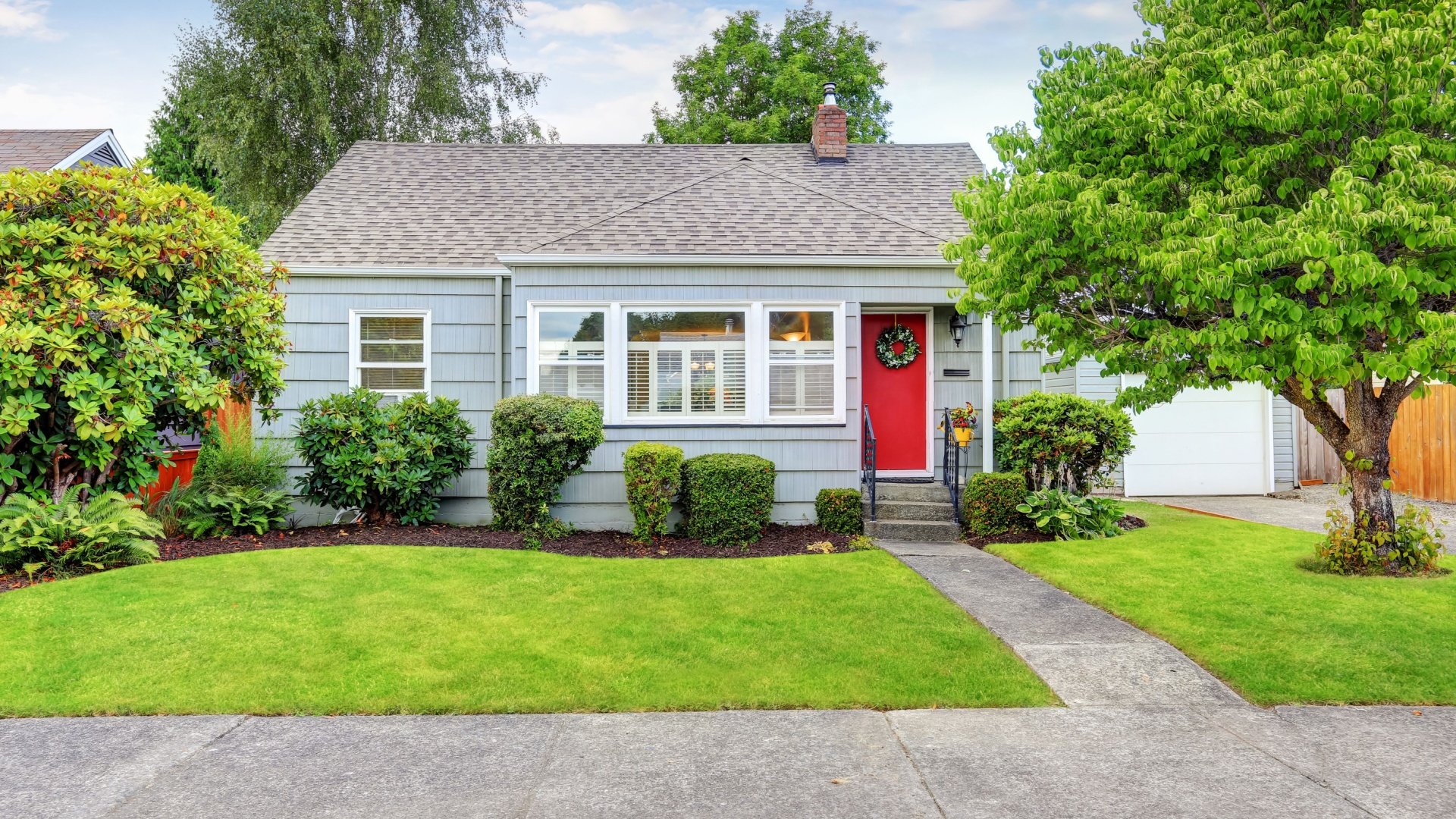
Economic Factors
Several important factors are pushing Americans toward smaller homes:
High Housing Costs: Stubbornly high home prices and rising mortgage rates have shrunk what buyers can afford. When interest rates shot up, buyers found they had to lower their sights on square footage. For example, one analysis found that a jump in rates from around 3% to ~6.7% slashed about 435 square feet from the home a given budget could buy in San Diego. With monthly payments much higher, many families simply cannot finance as large a house as before.
Affordability and Inflation: Beyond mortgages, the overall cost of living has risen with inflation. A bigger house means bigger bills – from heating and cooling more square footage to higher property taxes and maintenance. Many buyers are wary of the ongoing maintenance costs of a large home. Choosing a smaller home can save money on utilities and upkeep. NAHB surveys find that buyers are well aware of this: 35% would trade down to a smaller house if it meant a more affordable price.
Demographic and Lifestyle Shifts
Changing Household Sizes: American households have been getting smaller, and so have their housing needs. There are more people living alone or with just one other person than ever before. About one-third of recent home buyers are single (unmarried) individuals. Also, fewer families have children at home now – the share of households with kids is at an all-time low. With no kids (or fewer kids) in the picture, buyers may not need a 4-bedroom suburban house.
Lifestyle and Preference Shifts: Tastes are evolving. Many people today prioritize quality over quantity of space. They’d rather have a cozy, well-designed home with modern amenities than a McMansion with unused formal rooms. In fact, over half of buyers (across all generations) say they would prefer a smaller home with high-quality features over a larger home with fewer amenities. This sentiment is even stronger for older generations – about 70% of baby boomers would make that trade-off.
Environmental Consciousness: Consumers are more environmentally aware; a smaller home typically uses less energy and has a smaller carbon footprint, appealing to those who value sustainability. For many, a smaller home means a simpler lifestyle – less clutter to manage and fewer rooms to clean.
Economic Uncertainty: In times of uncertainty, people tend to be cautious about big purchases. A huge house can feel like a risky investment when the economy is shaky. Over the past few years, younger buyers in particular have faced job market shifts and high levels of student debt. Many millennials and Gen Z buyers are burdened with college loans and struggled to save a big down payment. Taking on a massive mortgage for a big home is less attractive in such cases.
Downsizing Across All Home Types
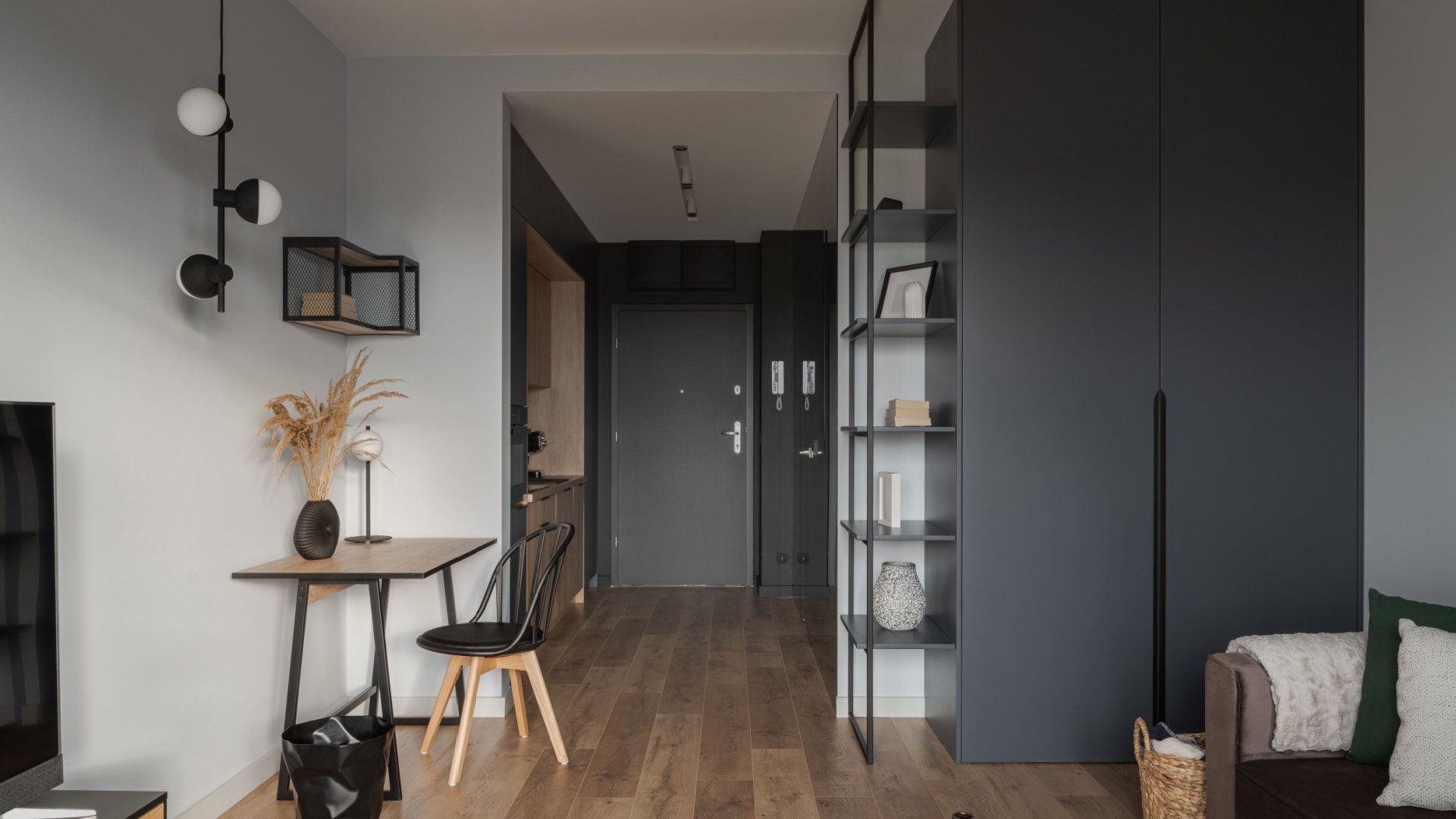
The move toward less space is happening across virtually every type of home.
Single-Family Homes
Traditional detached houses are shrinking in size. For newly built single-family homes, the median dropped to about 2,200 sq. ft. in 2023, and then to 2,150 sq. ft. in 2024 – marking the smallest median size in 15 years. Builders say this is a direct response to buyer needs in an era of high costs.
Instead of McMansions, developers are focusing on smaller layouts that can be offered at lower prices. Even the lots (yard space) are getting smaller along with the houses, as land is expensive; the median lot size for new homes is down to about 8,400 sq. ft., roughly 1,000 sq. ft. less land than 15 years ago.
Builders are finding creative ways to make smaller homes feel open and comfortable – for example, by adding porches, patios, and open floor plans to maximize usable living area without increasing square footage.
Condos and Townhomes
Many buyers, especially first-timers, are turning to condominiums and townhouses as affordable options. Townhomes (houses attached in rows, often with two or three stories but a small footprint) have become more popular than ever. They now make up about 17% of all new single-family homes – up from only 10% in 2009.
The reason is simple: townhomes use less land and fewer materials per unit, so they generally cost less than comparable detached houses. This makes them attractive to budget-conscious buyers. Builders are meeting demand by constructing more of these medium-sized homes that bridge the gap between apartment living and a traditional house.
Tiny Homes
At the extreme end of downsizing is the tiny home movement – where people live in ultra-small houses often under 400 square feet. According to one report, about 73% of Americans say they would at least consider living in a tiny home. Younger generations show the most interest – many Gen Z and millennial individuals are open to the idea of living in a micro home if it means affordable ownership.
In reality, only around 10,000 tiny homes exist in the U.S., which is a small fraction of total homes. However, the market is growing: one estimate pegged the tiny house industry at $21.9 billion in 2024, expected to expand significantly over the next decade. A typical tiny house might cost around $60,000-$70,000 to build, which is roughly 80% cheaper than the median U.S. home price.
Generational Perspectives on Home Size
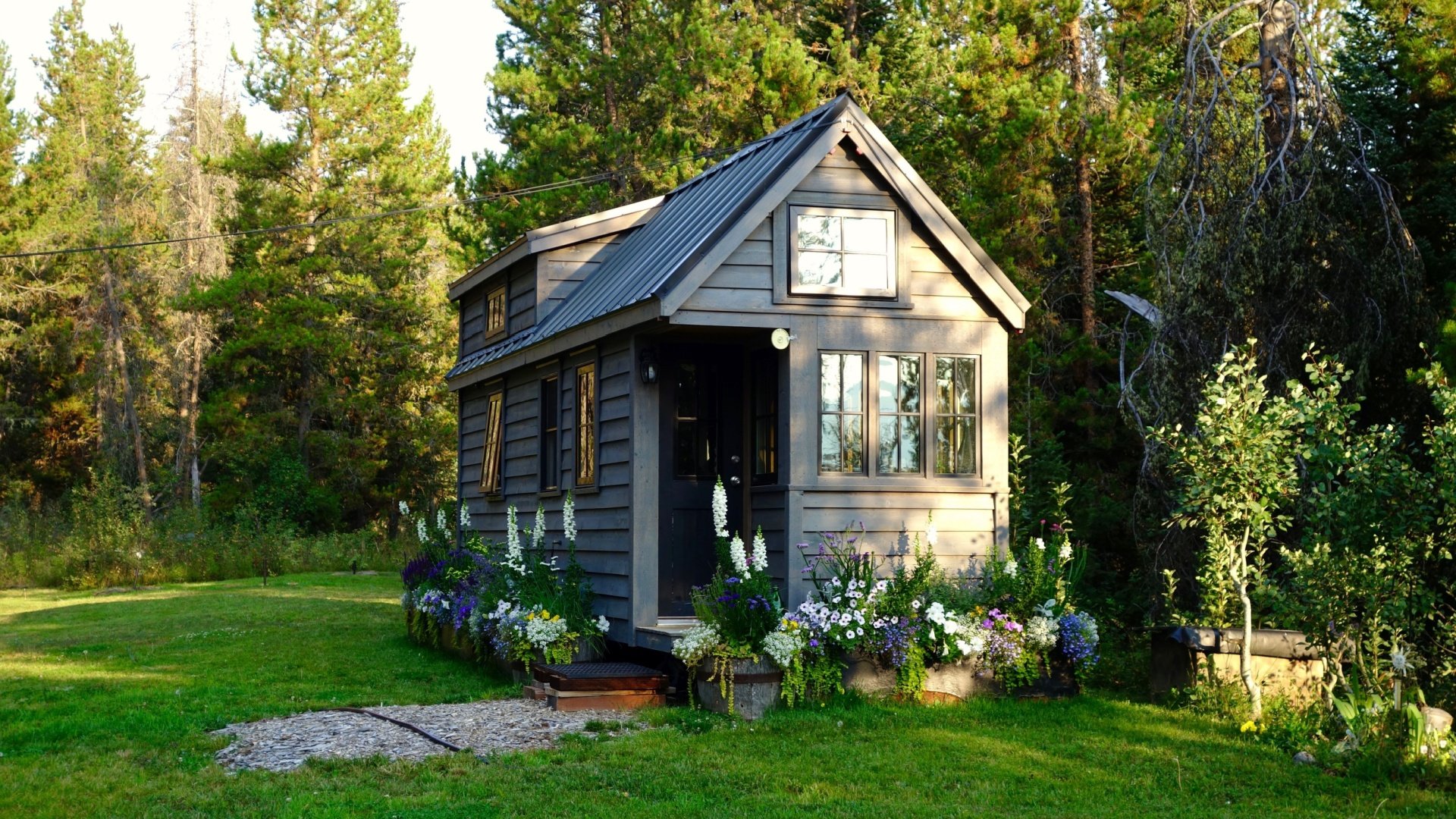
Different generations have their own reasons for going smaller (or sometimes not going smaller):
Retirees / Baby Boomers
Older Americans in or nearing retirement are a major force in the downsizing trend. Many baby boomers spent decades in larger family houses and are now empty nesters. About 11,000 Americans turn 65 each day, so this is a huge group potentially looking to downsize to one-story houses, condos, or senior living communities.
NAHB data show boomers on average are seeking homes around 1,869 sq. ft. now, significantly less space than what younger groups want. However, not all boomers have downsized yet. Many still live in the large homes they raised families in – sometimes because of financial incentives to stay put. A recent analysis found that empty-nest baby boomers own about 28% of the nation’s large homes, roughly double the share that young families (millennials with kids) own.
A lot of these older owners have paid off their mortgages or have very low interest rates, so their monthly housing costs are low. With no pressing money reason to move, some prefer to stay in their familiar homes even if they’re “too big.” Others want to downsize but face a tight market: it can be hard to find a suitable smaller home that’s still nearby and affordable.
Millennials
Millennials (roughly ages late-20s to early-40s) are now the largest group of homebuyers in the U.S. Affordability is their number one issue: this generation entered adulthood during or after the Great Recession, often carrying student debt, and in many regions they have encountered housing prices that far outpaced their incomes.
As a result, millennials have had to buy later and buy smaller. According to NAHB surveys, millennials say they would like a home around 2,400 sq. ft. on average (which is bigger than what older generations say they want). This makes sense, as many millennials have young children or plan to. However, a majority – 52% – of millennials are willing to compromise on home size if it means they get better amenities and quality.
Gen Z
The oldest members of Generation Z (currently in their early to mid-20s) are just beginning to enter the housing market. Gen Z buyers tend to be budget-conscious and open-minded about housing options. Surveys indicate Gen Z is quite open to tiny-home living – about 84% of Gen Z respondents in one survey said they would consider a tiny home, the highest of any generation.
In general, Gen Z’s desired home size (when money is no object) is around 2,250 sq. ft., similar to Gen X’s preferences. But like millennials, a slight majority of Gen Z (53%) would choose a smaller home with high-quality features over a bigger one with fewer perks.
First-Time Buyers
First-time homebuyers, whether they are 25 or 45, often have to compromise on size due to limited budgets. It’s very common for the first home purchase to be a small house, townhouse, or condo. In 2023, the typical home purchased on the resale market (often by first-timers) was only about 1,800 sq. ft. – smaller than the typical new construction home.
With the recent spike in mortgage rates, many would-be buyers at entry level found they had to lower their maximum price. That often meant choosing a smaller property as a trade-off.
Home Size Trends Over Time
For much of the past century, American homes steadily grew larger. In the post-WWII boom, new suburban houses in the 1950s were modest – often under 1,000 square feet for a typical two-bedroom bungalow. As the economy prospered in the 1980s and 1990s, houses ballooned in size. By 2000, the average new American home was around 2,000 sq. ft., and it kept growing into the 2000s. The peak came in the mid-2010s: 2015 set a record for new home size at roughly 2,470 sq. ft. on average.
However, the trend did not continue in a straight line. The late 2000s housing crash initially caused builders to scale back home sizes, though in the early 2010s the average size jumped again as mainly wealthier buyers were purchasing new homes. Now, in the 2020s, we’re seeing a clear reversal. From 2015 to 2023, the median new home size dropped by about 4%, according to census data. In fact, 2023’s median (around 2,179 sq. ft.) was the smallest since 2010.
It’s interesting to note that this downsizing trend persisted despite factors that normally encourage bigger homes, like the rise of remote work. One might think that working from home would make people want more space. And indeed, during 2020-2021, some buyers did seek larger houses to gain an extra room for work or study. But by 2023, affordability trumped all: even with millions still working remotely, the average new home size went down.
The Future of American Home Sizes

What does the future hold for home sizes in America? Housing experts and economists have been studying this downsizing trend and have a few predictions:
Continued Demand for Smaller, Affordable Homes
In the near term, most analysts expect the trend toward smaller homes to continue. The chief reason is housing affordability. As long as home prices and interest rates remain elevated relative to incomes, there will be strong demand for smaller, more attainable homes.
The National Association of Home Builders forecasts that builders will keep offering smaller designs and more affordable layouts as a key strategy to attract buyers. Builders know that to sell homes, they must meet buyers where they are – and right now, many buyers are at the limit of their budgets.
Gradual Wave of Boomer Downsizing
Over the next 10–15 years, a major transition will unfold as baby boomers age into their 80s. Many will inevitably sell or leave their large homes. Freddie Mac projects a “silver tsunami” of sorts: roughly 9 million fewer boomer homeowners by 2035 as that generation gradually exits the housing market.
But this won’t happen overnight – it’s more like a tide than a tsunami, slowly releasing larger homes back into the market. This could have a twofold effect: increasing the supply of larger 3-4 bedroom houses available (which could ease prices for those homes) while boosting demand for smaller residences as boomers move.
Shift in Design and Features
Future homes – even small ones – will likely be designed smarter. Architects and builders predict a focus on efficient use of space. This means floor plans that eliminate wasted areas (like long hallways or rarely-used formal dining rooms) and instead maximize open-concept living areas that make a home feel larger than it is.
High ceilings, multi-purpose rooms, and clever storage solutions can make modest square footage much more livable. We’re already seeing builders compensate for smaller interiors by adding outdoor living spaces: patios, decks, and porches effectively extend the living area without adding to the official square footage.
There is also an emphasis on personalization and amenities in place of raw size. Future homebuyers want their home to reflect their lifestyle and values. So rather than a bigger home, people might opt for a smaller home that includes a gourmet kitchen or advanced smart-home technology.
Conclusion
The American housing landscape is undergoing a notable downsizing shift. After decades of “bigger is better,” many buyers now seek better, not bigger. Economic realities have made large homes out of reach for some, while lifestyle choices have made them unnecessary for others. All signs suggest that smaller homes will remain popular in the coming years as a practical and preferred choice for a broad range of people.
Whether it’s a retired couple moving to a cozy cottage or a young professional buying her first condo, the appeal of the right-sized home is here to stay. The U.S. may always have big houses, but more and more, Americans are discovering the benefits of living comfortably with a little less space.
References
- Home-Buyer Preferences Shift as Affordability Challenges Remain | NAHB
- Affordability Headwinds Driving Home Buyers’ Interest in Smaller, More Personalized Homes in 2025 | NAHB
- New Homes Are Getting Smaller. Are Buyers Looking for Less Square Footage? | REALTOR® Magazine
- Downsizing Trend Taking Root as Home Prices Rise | REALTOR® Magazine
- The Decline in Relative Housing Affordability and the Impact on Homebuyer Search Behavior | Freddie Mac
- Empty Nesters Own Twice As Many Large Homes As Millennials With Kids | Redfin
- Redfin Reports High Mortgage Rates Mean Smaller Homes For Many Buyers | Redfin Corporation (RDFN)
- There Are Fewer New Homes Being Built, and Their Size and Lots Are Smaller | Zillow Research
- Many baby boomers own homes that are too big. Can they be enticed to sell them? | NPR
- Interest in cheap, sustainable tiny homes rising in U.S. | Finance & Commerce
- The Incredibly Shrinking American Home | CFMA
- Better, Not Bigger, Homes Among Top Design Trends for 2024 | NAHB




